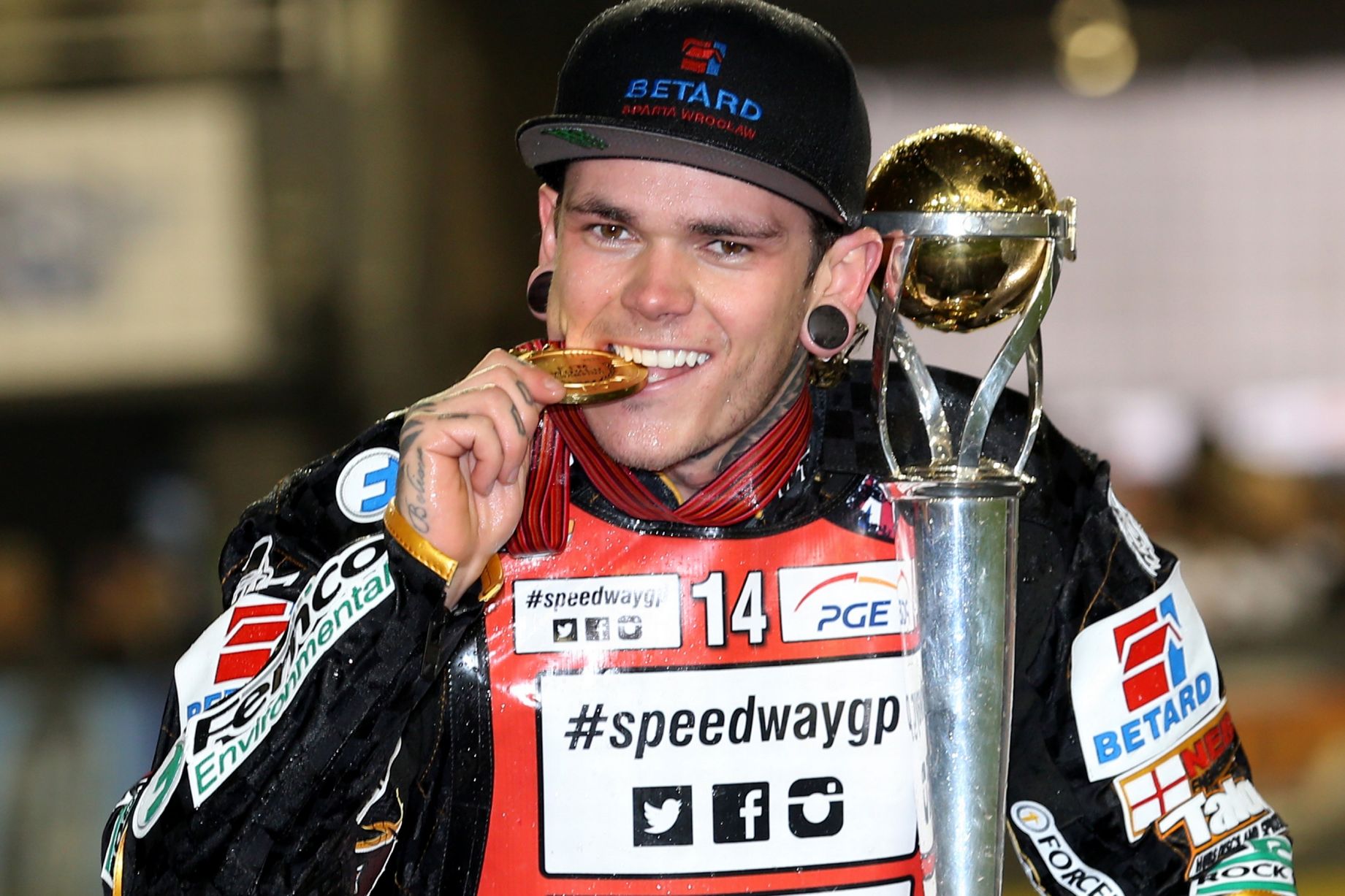"What do you think is the ongoing appeal of speedway as a motorsport? The speed and the danger aspect are ever-present as part of its appeal, but one of the sport’s greatest assets is being able to see the "

Speedway Timeline
The Highs and Lows of the Incredible Methanol Men...
Cardiff’s Millennium Stadium. The Adrian Flux FIM British Speedway Grand Prix. The place is packed to the rafters.
It’s clear to see that speedway today has a large and loyal following. And why not? What’s not to like? The sport is noisy, it’s super-competitive and unpredictable. And its stars aren’t show ponies. They are men of the people.
Away from the crowds and the July heat in the cool and cavernous air of the stadium, you find it impossible not to smile, watching the riders tearing round the track on their practice laps.
With the high compression roar and that gleaming orange track surface spraying against the crash barriers, there is something of the fairground about the spectacle.
And while the noise, colour and speed ignites memories of the Waltzer and the Wall of Death it also awakens Hollywood mediated images of the amphitheaters of Ancient Rome and their gleaming, breakneck charioteers.
There is something all-in and balls-out about the beautiful simplicity of this sport. Four Bikes. No gears. No brakes. Four Laps. Strategy: get past the guy in front and stay on your machine.
Forty thousand plus fans in Cardiff attest to its popularity right now but this was once a sport that saw over ten million fans attend across a British season. Yet this blue collar motorsports has a number of times in its history nearly dwindled into non existence.
To get some perspective here’s our rundown of the highs and lows of this motorised Ben Hur on methanol.
1923: An early version of speedway is born at the West Maitland Showground, New South Wales, Australia in an event organised by Jonnie S Hoskins.
1926/27: Speedway reaches Britain in print form only in the shape of articles in the popular motorcycle magazines of the day. Mental seeds are sown.
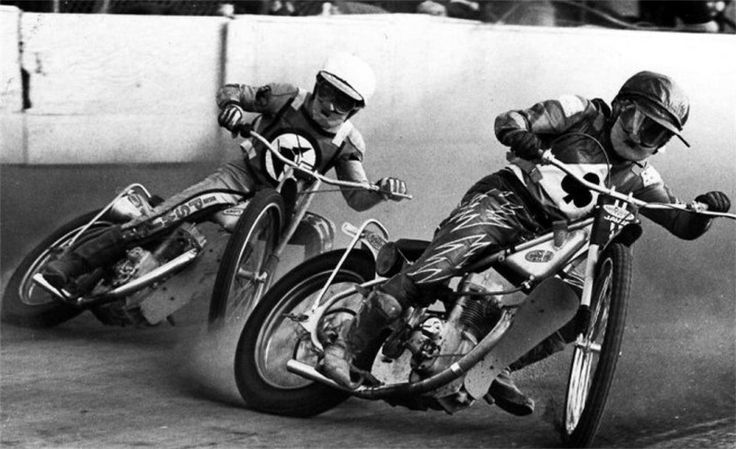
1928: The first accredited British Speedway meet is held at High Beech in Epping Forest. Probably attended by around 30,000 spectators it hit the front pages of the Nationals and kick started the sport in the UK.
1939-45: Like everything else in the country, the sport was heavily affected by WWII but it survived due to regular competition, even during those years, at Belle Vue in Manchester.
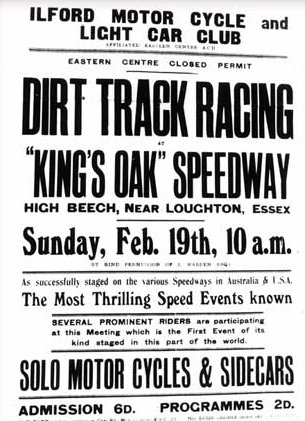 Original High Beech poster image courtesy defunctspeedway.co.uk
Original High Beech poster image courtesy defunctspeedway.co.uk
1946: The first proper post war season saw crowds of over 6 million attend stadiums and tracks across the country in a revival of its prewar heyday.
1949: Marked a highpoint in the history of speedway in Britain with crowds that season breaking the ten million mark. There were three divisions and many tracks in these, the halcyon days of the sport.
1953: A wet season and the growth of television added to a growing trend of poor attendances. This was compounded by the 48% entertainment tax levied on speedway which made profitable promotion of the sport all but impossible nearly driving it to extinction in the 1950s.
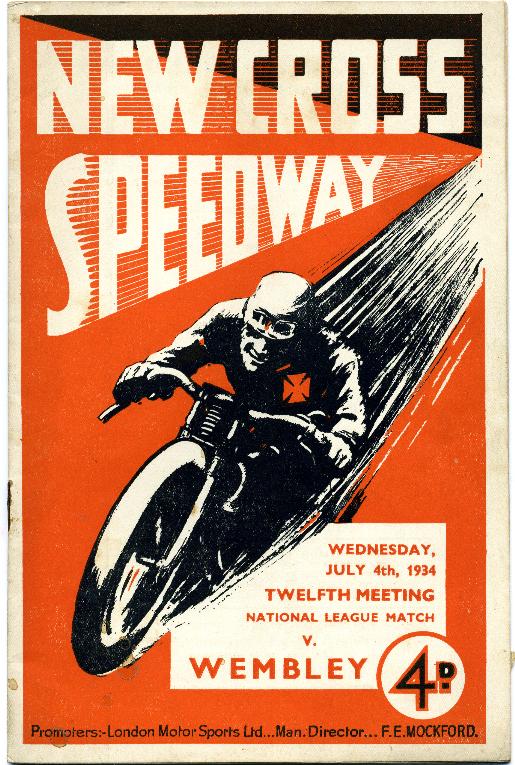 Speedway programmes are a story in themselves…
Speedway programmes are a story in themselves…
1960: Reg ‘Fearless’ Fearman, rider and promoter, is instrumental in forming the new Provincial League. With an initial line up of ten clubs the sport of speedway starts the tough journey back into the national consciousness.
1965: The rival National and Provincial leagues join forces to form the single ‘British League’. Crowds start to increase. The new league starts with 18 tracks, adding King’s Lynn in 1966.
1968: The British League Second Division comes into being to provide a proving ground for new talent and the revival of some old tracks. In its first year it hosted ten clubs which increased to 16 by its second season.
1973: July 15th saw the culmination of the highly successful Daily Mirror International Tournament at Wembley. This was a mini league completion made up of seven international teams that toured 18 British Tracks in 19 days in a football ‘World Cup’ style competition that achieved massive attendance and strong national media coverage.
1981: The World Individual Championship Final marked a great, and as yet unsurpassed, high point for the sport with a 92,000 crowd in attendance at Wembley for what was to be the last speedway event held there.
1995: The modern era of speedway is born with the initiation of the Grand Prix series, International speedway sees another period of low interest and poor attendances with gates dropping below 10,000 at British GPs in the late 1990s.
1997: The contemporary three tier league system is born in Britain with the Elite League for the top riders, the Premier League as division two, and the National league designed to develop new talent.
2000: Englishman Mark Loram becomes World Champion without winning an actual Grand Prix race. The year after crowds at Cardiff are much increased.
2013: Tai Woffinden becomes the first Englishman since Loram to win the World Championship title. The 2014 Cardiff GP gate increases again to nearly 42,000.
2016: The new National Speedway Stadium will be opened at Belle Vue Manchester with a Grand Prix style event. The stadium will be home to the Belle Vue Aces who have been racing continuously in Manchester for 87 years. It will also house a National Speedway Academy.
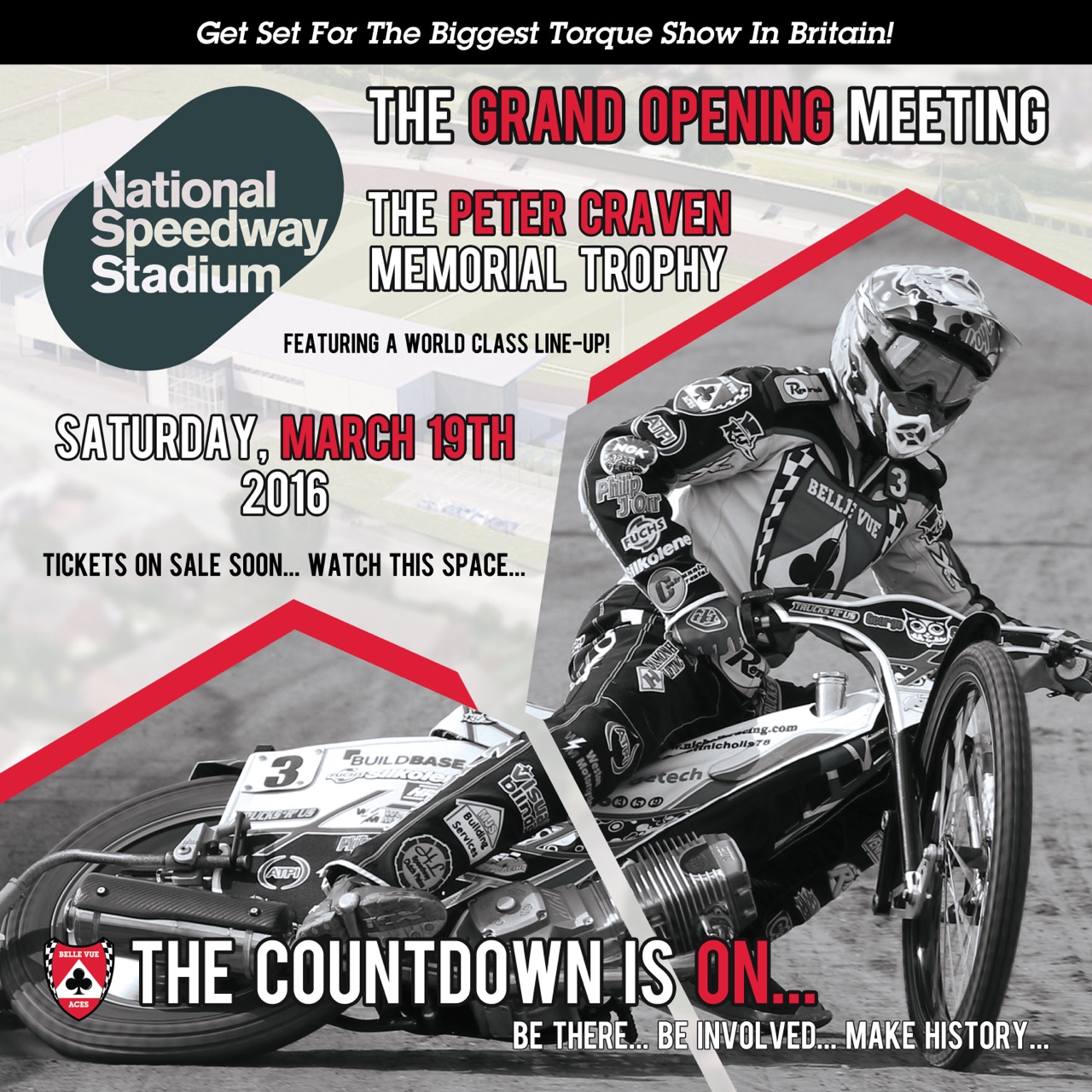
*There is still much debate about, and numerous claims to, the first ‘real’ speedway events both in Australia and England. In researching the above we have leaned heavily on the expertise and knowledge of Reg Fearman – former star rider, England team Manager and promoter.
Reg’s 2014 book ‘Both Sides Of The Fence’ is a great read, full of in depth historical information on the sport as well as no holds barred insider insights on speedway politics and characters over its turbulent history.
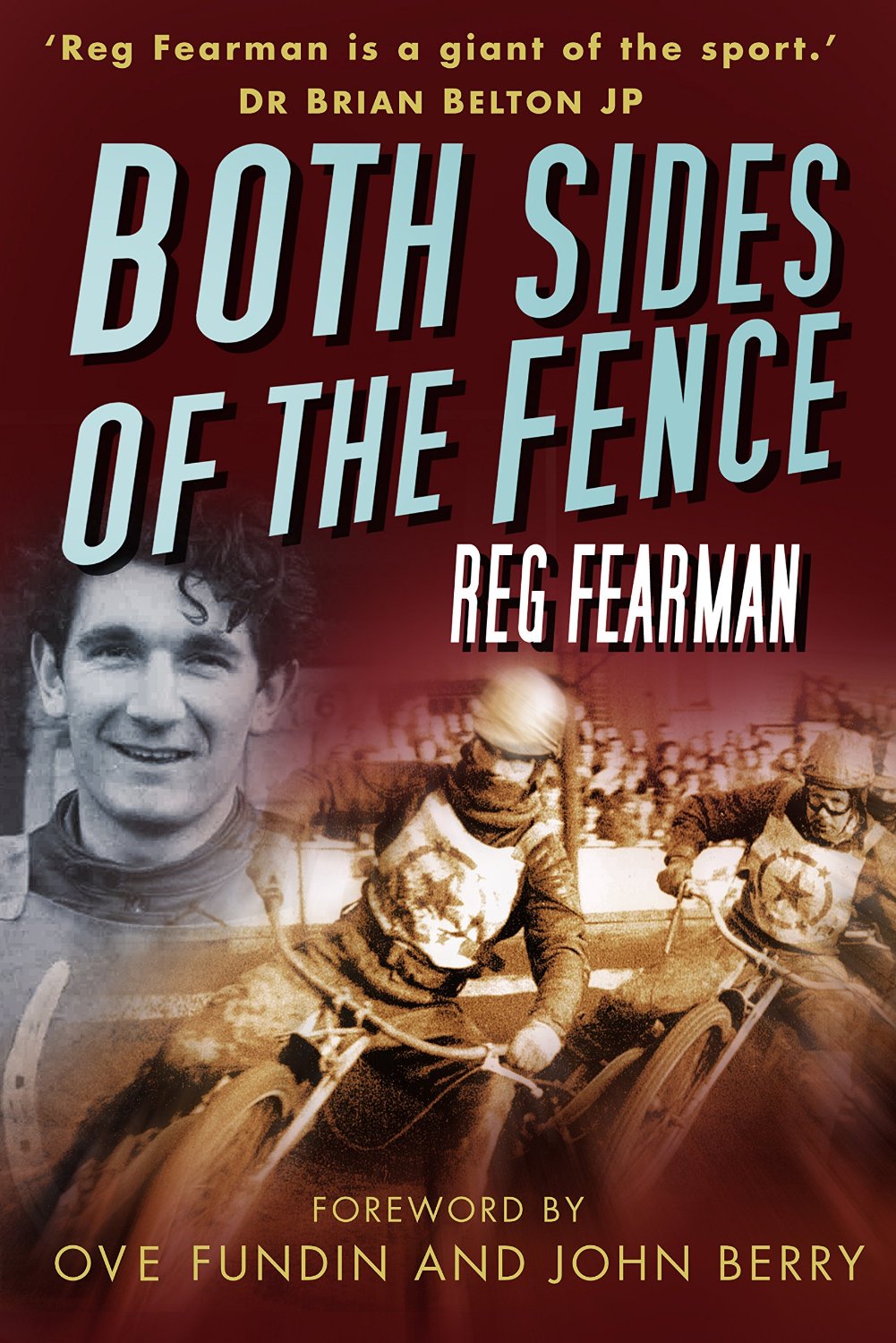
CLICK TO ENLARGE

